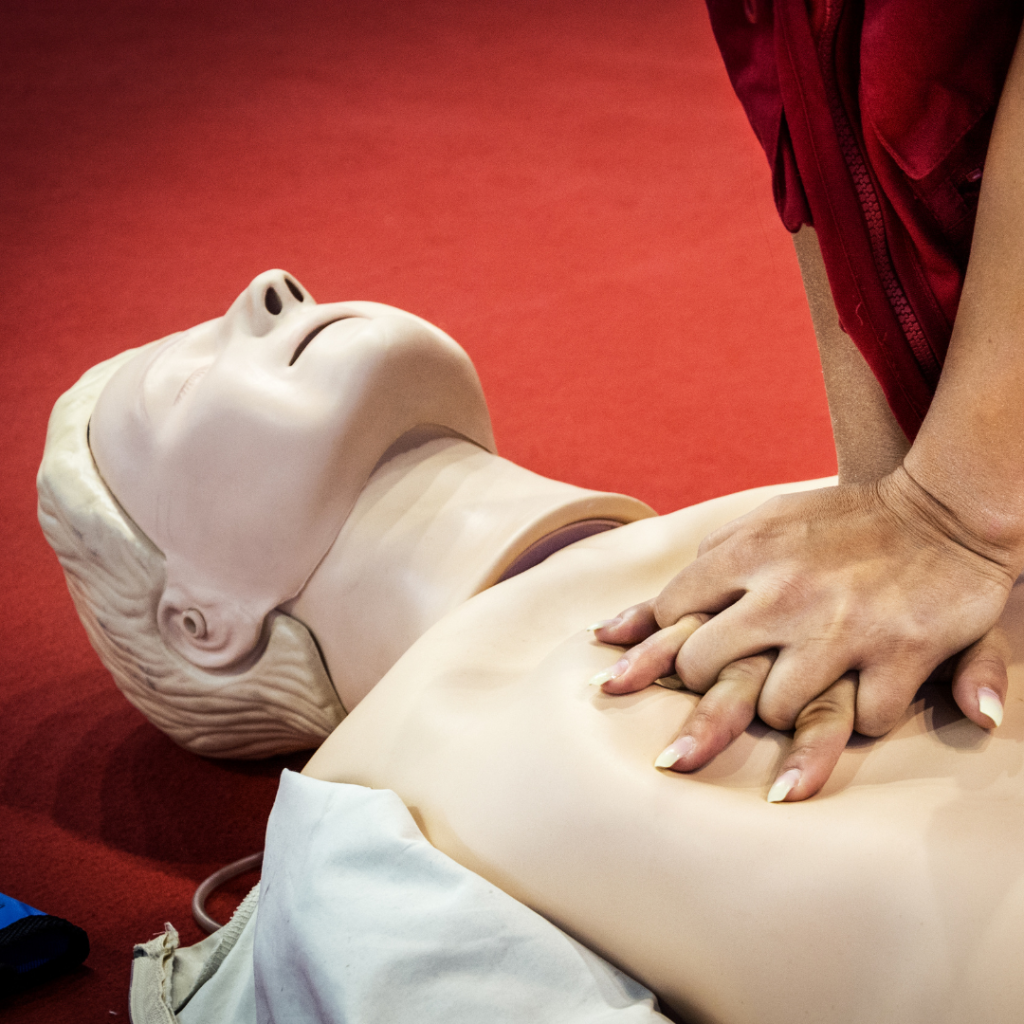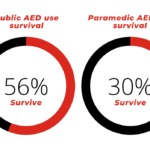DRSABCD: The Lifesaving Action Plan You Need to Know
In the face of a medical emergency, having a clear plan of action can mean the difference between life and death. Enter DRSABCD – a mnemonic that could be your saving grace when it comes to responding effectively in such situations. This essential action plan is widely taught by organizations like St John Ambulance, Surf Life Saving, schools, universities, sporting clubs, corporate offices, and workplaces across the globe.
The DRSABCD Breakdown
DRSABCD stands for:
D – Danger: The first step is to assess the situation’s safety for yourself, bystanders, and the person in distress. Never jeopardize your safety while trying to help.
R – Response: Check if the person is conscious by talking to them and gently shaking their shoulders. No response indicates unconsciousness.
S – Send for Help: If the situation calls for it, immediately call emergency services. In Australia, dial triple zero (000) and provide necessary information. Clear the area to help emergency services locate the patient swiftly.
A – Airway: Ensure the person’s airway is clear. Unconscious individuals are at risk of airway obstruction, so gently tilt their head back to open the airway. If there are obstructions, clear them carefully.
B – Breathing: Check for breathing by observing chest movements, listening near the mouth and nose, and feeling for breath on the chest. If the person is unconscious but breathing, turn them onto their side and monitor their breathing.
C – CPR (Cardiopulmonary Resuscitation): If the person is unconscious and not breathing, perform CPR. Place the heel of one hand in the center of the chest and compress to one-third of chest depth 30 times. Follow with two breaths, tilting the head back and blowing into the mouth to ensure chest rise. Continue this cycle until the arrival of ambulance officers or another trained individual.
D – Defibrillator: If an unconscious person is not breathing, and an automated external defibrillator (AED) is available, use it. AEDs can be found in many public places and organizations. They deliver an electrical shock to correct irregular heartbeats and restore normal rhythm. Simply follow the provided instructions and voice prompts.
Why DRSABCD Matters
Incidents like drownings can lead to cardiac arrest, and in Australia alone, there are over 30,000 cardiac arrest cases each year. Survival rates decrease by 10% with every minute of delay, emphasizing the critical importance of timely intervention. Proper training and preparedness are essential, given the narrow window of opportunity.
Defibrillator Training for DRSABCD
To facilitate effective training in defibrillation and the DRSABCD action plan, Cardiac Defibrillators offers defibrillation training units. These units simulate different heart rhythms, allowing participants to apply defibrillation pads, practice AED usage, and perform CPR compressions on a manikin. Clear, instructive voice guidance and a metronome ensure a realistic and informative training experience.
More Resources Available
In addition to training units, there are a variety of resources available for defibrillators. These resources include an informative DRSABCD infographic that can be displayed in the workplace or included in an emergency response manual.
In sum, DRSABCD is a lifesaving acronym taught in first aid courses, providing a structured approach to medical emergencies. Being prepared and knowing how to respond in the DRSABCD way can help keep a person breathing, alleviate pain, and potentially save lives until professional help arrives. In a crisis, it’s not just knowledge; it’s a lifeline.





